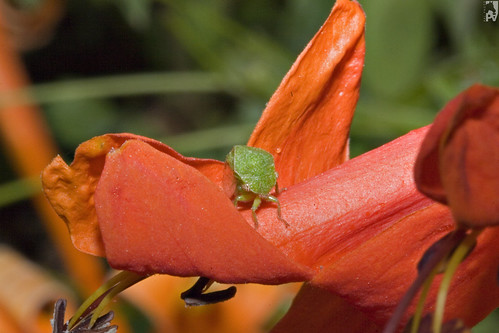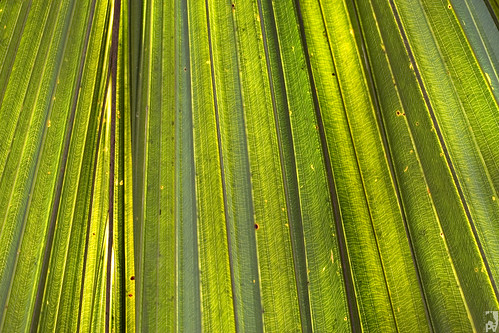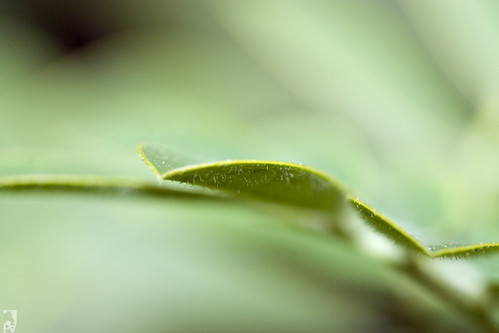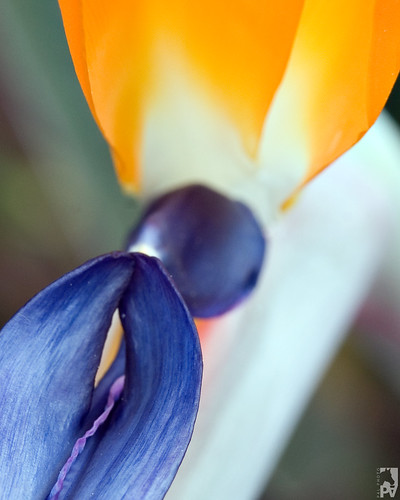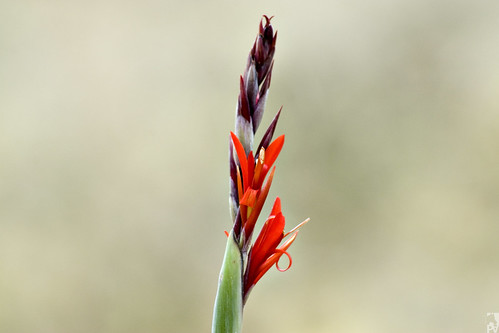
El caballo Andaluz (actualmente llamado Pura Raza Española -PRE-) proveniente de la región de Andalucia, en el sur de España. Siempre ha sido una de las razas de caballos más apreciadas y reclamadas en Europa. Sus orígenes no se conocen con certeza, ya que si para algunos es una raza nativa y pura, para otros es el resultado del cruce de caballos nativos (probablemente descendientes del Przewalski traido por los íberos cruzado con el Tarpan traído por los celtas) con los árabes y sobre todo berberiscos traídos por los moros en la conquista musulmana de la península ibérica en el siglo VIII de nuestra era.
En cualquier caso, los caballos en la península ya fueron alabados por los pueblos que pasaron por ella: fenicios, cartagineses, griegos y romanos en la antigüedad y posteriormente por los árabes, escribiendo autores célebres como Aristóteles que lo llamó "hijo del céfiro", Varrón "hijo del viento", Estrabón, Itálico, etc...
Estos nobles y hermosos animales que deslumbraron a tantos personajes de la antigüedad poblaban toda la bética, más concretamente las zonas entre los ríos Guadalquivir y Guadalete y eran de pelajes oscuros pero nunca alazanes, siendo el bayo quizás junto con la capa torda, la tonalidad más carasteristica de los antiguos caballos autóctonos de estas zonas bañadas por las marismas. Con la invasión musulmana, llegan a España los caballos berberiscos y árabes, y "quizás" la falsa ascendencia o influencia oriental del caballo andaluz, ya que con los invasores fue poca la intromisión de caballos procedentes del norte de áfrica, y aún menos de oriente medio.
Así pues los musulmanes permanecen en la península hasta el año 1492, y es a partir de ahí cuando comienza la historia de lo que conocemos como caballo Español o Andaluz (incluyendo sus variantes), ya que si en la mitad norte de la peninsula los caballos son más robustos, acarnerados, de capas oscuras frecuentemente calzados y caretos (influencia de razas extranjeras, principalmente de origen teutón) en la zona sur, y especialmente en lo que son hoy las provincias españolas de Cadiz, Sevilla, Córdoba y Granada, aquí sí que la raza nativa (como nos relataban los historiadores antiguos) permanece casi intacta, con mayor o menor cruce con los ejemplares berberiscos -que no árabes- traídos por las huestes musulmanas. Es entonces cuando aparecen en escena los monjes de la cartuja de Jerez, que ya por esos años finales del siglo XV se hacen con una exquisita y ejemplar cuadra de yeguas y afamados sementales. El siglo XVI es el siglo de oro del Imperio Español, y también lo será del caballo Andaluz, que pasará a las Américas junto con los conquistadores para poblar el nuevo mundo y fundar nuevas razas, tales como el criollo argentino, el mustang norteamericano, el paso fino, paso peruano, etc...
____________________________________________________________________________
Archaeological evidence in the Iberian Peninsula, modern day Spain and Portugal, indicates that the origins of the Iberian Horse date back to at least 25,000 B.C.[citation needed] in the form of its primitive ancestor, the Sorraia. Cave paintings in the Iberian Peninsula dated from around 20,000 BC depict portraits of horses and activities related to a horse culture.[citation needed]
The Sorraia horse remained isolated for several millennia in the southern part of Iberia, the Alentejo and Andalusian regions of modern Portugal and Spain. Portuguese historian Ruy d'Andrade suggested that by the Neolithic period (4000 B.C.) the native tribes of the area may have used horses in war.
They were soon to be followed by Phoenician traders and Celts from northern and eastern Europe, who were largely responsible for a two-way exchange of horses which brought an influx of oriental breeds from Libya, Egypt and Syria to the Iberian peninsula. By the time of the first trading expeditions of the Greeks, around 900 B.C., a mixed Celtiberian culture dominated all of Spain apart from the south coast, which remained Iberian. According to Lady Sylvia Loch, "It was the horses of the Celtiberian that were to become famous throughout the civilized world."
The Spanish horses were known for their use as cavalry mounts by the Ancient Greeks and Romans.
From this period onward, we find many references to the Iberian or Celtiberian horses and riders of the peninsula by Greek and Roman chroniclers. Homer refers to them in the Iliad around 1,100 B.C. and the celebrated Greek cavalry officer Xenophon had nothing but praise for the gifted Iberian horses and horsemen. Xenophon, in one of his books written about 370 B.C., admiringly describes the equestrian war techniques of Iberian mercenaries who were influential in the victory of Sparta against Athens in the Peloponnesian wars. This type of warfare consisted of individual horse charges with fast starts, stops and pirouettes followed by retreats and renewed attacks. A form of riding that was made possible by the use of incredibly agile horses and curb bits.
Fine Spanish horses were brought into Britain after the Norman Conquest, however. In 1188 the chronicler Giraldus Cambrensis noted in Powys
"most excellent studs put apart for breeding, and deriving their origin from some fine Spanish horses, which Robert de Belesme, earl of Shrewsbury, brought into this country: on which account the horses sent from hence are remarkable for their majestic proportion and astonishing fleetness."
During the Renaissance, the great Classical Riding Academies took an interest in the breed. Because of the Andalusian's agility and natural balance, it excelled in the High School Dressage performed in many courts of the day. The Andalusian went on to develop many other breeds suitable for High School Dressage, including the Lipizzan, Alter Real, Lusitano, Kladruber, and many European warmbloods of today.
During the 19th century, the use of the Andalusian declined. However, Carthusian monks continued to breed the horse, and preserved the purity. Today, the Spanish government promotes the Andalusian, and the breed is gaining in popularity for High School Dressage demonstrations. They are also popular for bullfighting, and have recently been used for dressage, show jumping, driving and endurance, although Thoroughbred blood is often added to give the breed more scope.
